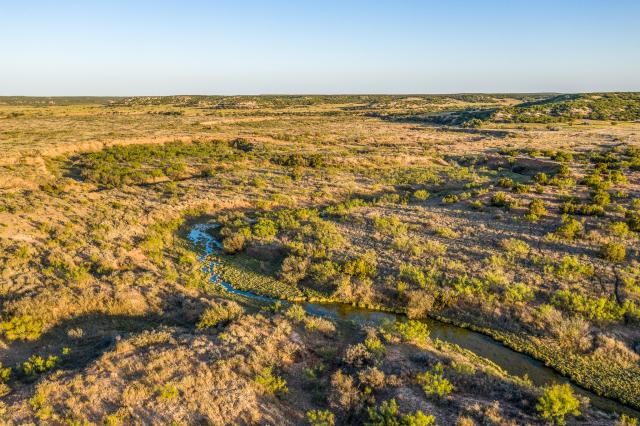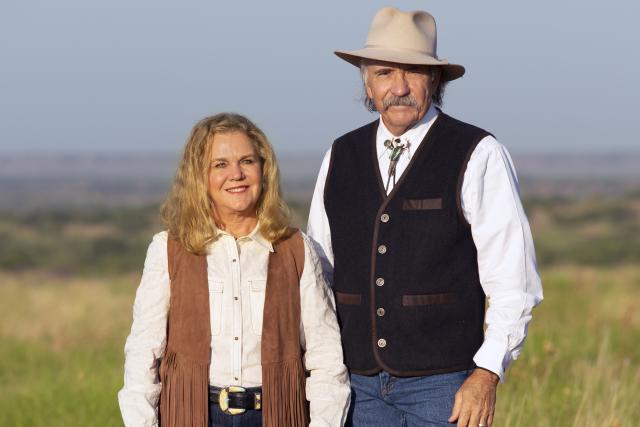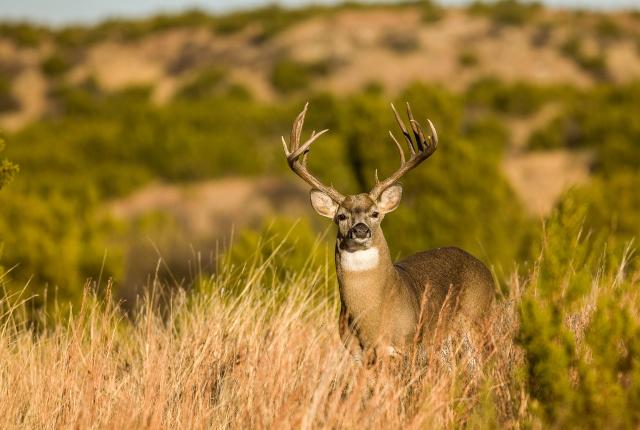Written by Wyman Meinzer
During my many travels across the state of Texas over almost a half-century, I am in contact with countless people, both suburbanites and “country folk.” The contrast in both genre has been palpable, city dwellers vs. people of the soil, the latter who work with their hands and possess a love for that tangible feel of dirt between their fingers, the call of bobwhite in the early morning, and the chorus of coyotes in the twilight hour.
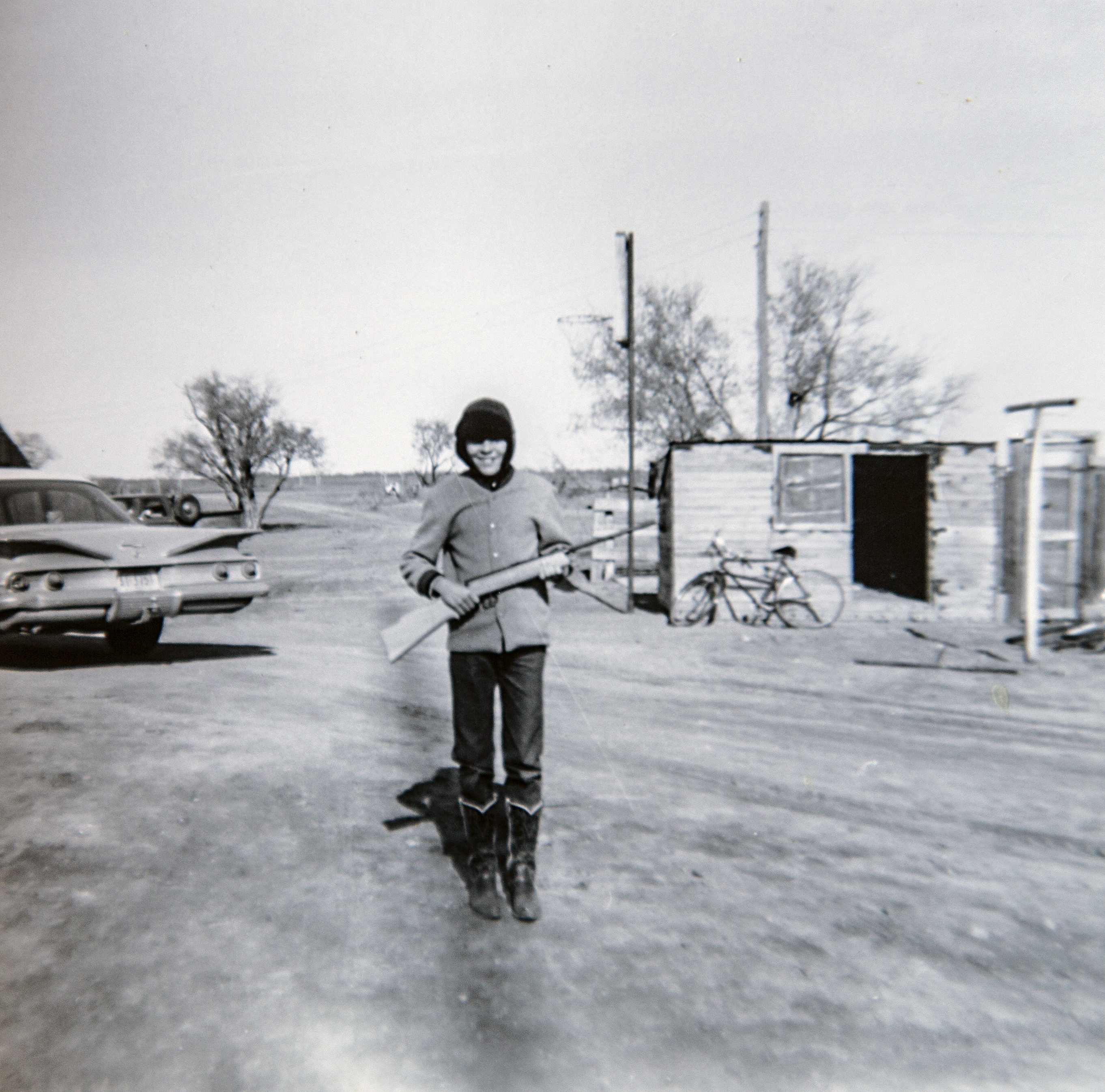
However, in these recent times, it does seem there is a resurrection of reverence by urbanites, if only by increments, for our unpopulated lands and the rich experiences it offers to those who seek a few days of respite from the hustle of the internet and 21st Century lifestyle. It is a good thing.
Often times I tell friends how lucky my brother and I are to have grown up in the 1950’s and 60’s in ranch country, only a few miles from the big outfits such as the Waggoner, 6666, and Pitchfork. Our father was the foreman on a 27,000 acre ranch, bordered by the Brazos, in Knox County, thus we had a connection with the big ranch way from the earliest age.
As young boys of parents whose life history was touched by the Great Depression, we were raised with a good amount of free rein as youngers, roaming, riding and hunting over some great ranch country along the big river. Benjamin, some 11 miles distance was considered “town,” and going there was not a chore to be relished. We loved our lifestyle and we loved the land.
Given our first guns at an early age, we soon developed a love and appreciation for the land and native fauna within, becoming quite adept at using firearms along the way. During the early 1960’s, great flocks of migrating waterfowl, populations of quail not seen today, a few whitetail, and plenty of coyotes defined the plethora of native fauna in our region and kept us busily focused on hunting during the autumn and winter seasons.

So taken by the spirit of the hunt, I developed a specialized love for calling predators at the early age of 14. Also, interestingly, I enjoyed documenting facts on paper and actually retained notes of those hunting years, dating back to the early and mid 1960’s. It was fortuitous on my behalf as 55 years later I have amassed a collection of unparalleled hunting notes that can be reviewed to give a vision of those early years in the Big Empty of the Texas plains.
Some of my greatest adventures calling predators have been with my brother, from an early age, as we crossed the big ranches decades prior to the advent of commercial hunting. It was a grand time to be afield and indulge the land and natural fauna, all the while gaining woodsmanship skills rarely seen today by youngsters.
Very few whitetails existed on the big ranches some half-century ago, however, as youngsters, the sight of even a deer track crossing the pasture was enough to stir that primal desire to launch afield, in all weather conditions, to pursue the age old art of still hunting. With 30-30 in hand, we walked into the wind, stopping on occasion to ignite a rat midden for warmth on the wet chilly days.
Running small traplines for small game before the age of ten set the stage for later life of my 20’s when steel traps were used for research in college, and then engaged as a livelihood for several years. It was an education and experience of such rarity that I doubt very few youngsters, if not adults, can fathom today.
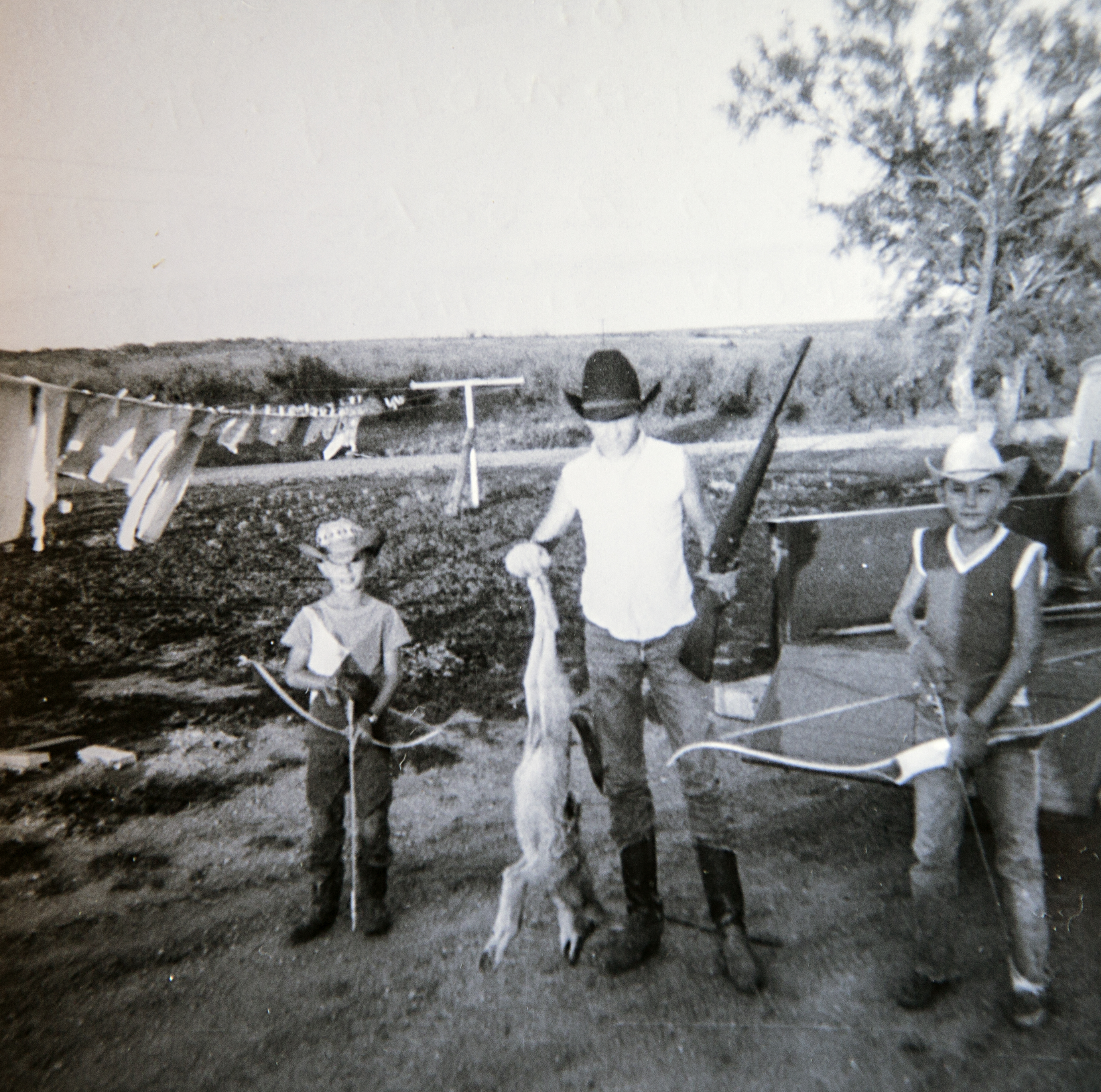
But there is a way to pull more young people back to the land, to appreciate the fragrance of raw earth, and relish the cold damp air of twilight beneath an ocean of sky. More frequently we are seeing rural property listed for sale, some large and many of moderate to small in acreage, that can offer urban dwellers a trek back to their roots, to offer a glimpse into a more relaxed environ, and allow youngsters to learn what my brother and I had at our disposal over a half-century ago, here in the untapped badlands and river bottoms of the Big Empty.
